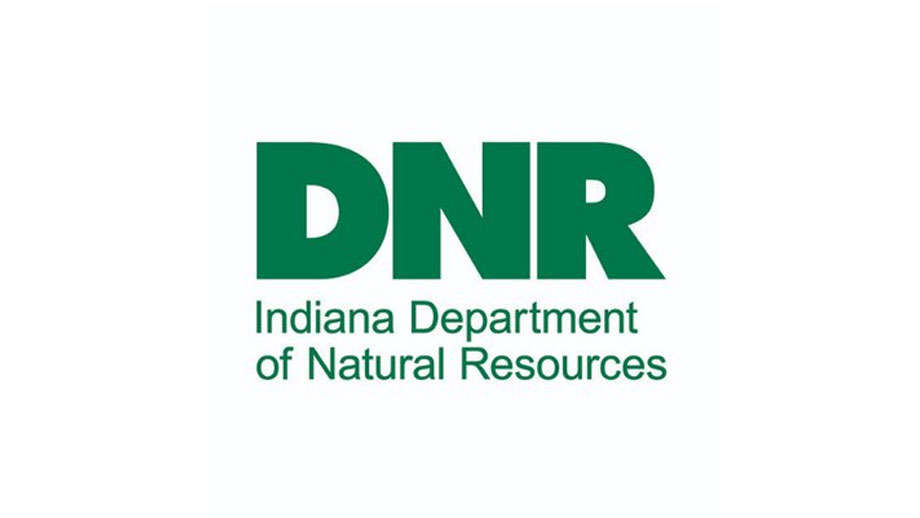
The 2024 and 2025 county bonus antlerless quotas were adjusted in Porter, Wabash and Allen counties due to epizootic hemorrhagic disease. This will take effect prior to the start of archery season.
Due to the number of reported deer mortalities and extent of Epizootic Hemorrhagic Disease (EHD) in the region, the Indiana Department of Natural Resources has lowered the County Bonus Antlerless Quotas (CBAQs) in Wabash, Porter and Allen counties from two bonus antlerless deer to one to help offset the effects of EHD on the deer herd in that region.
Epizootic hemorrhagic disease (EHD) is a naturally occurring viral disease commonly seen in the Indiana deer herd. Each year, typically in late summer, Indiana DNR receives reports of deer displaying signs of EHD throughout the state.
This year, DNR confirmed a significant EHD outbreak that began in the northern region of the Hoosier state. In some years, EHD can affect a larger-than-normal portion of the deer and becomes widespread across a county. In those instances, DNR lowers CBAQs in the impacted counties to offset the effect of the counties’ EHD outbreak on the deer herd in that region.
EHD is transmitted by biting midges, also known as sand gnats or “no-see-ums.” Deer infected with EHD may display unusual behaviors such as lethargy, excessive salivation, or disorientation. EHD also causes fever in deer, which can cause deer to seek water. As a result, many deer that die from EHD are found in or near open water sources like ponds and rivers. Anyone who finds a deer showing signs of EHD or dead in water is asked to report it at on.IN.gov/sickwildlife.
During the winter, DNR biologists will fully evaluate the effects of EHD and will propose changes to bag limits as required. Hunters can stay informed about CBAQ changes at on.IN.gov/EHD-quotas.
Revised 2024-25 County Bonus Antlerless Quotas:
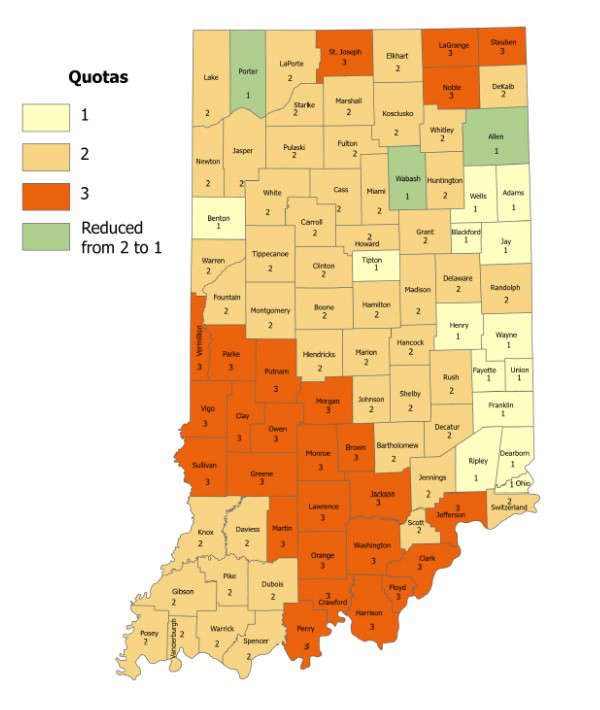


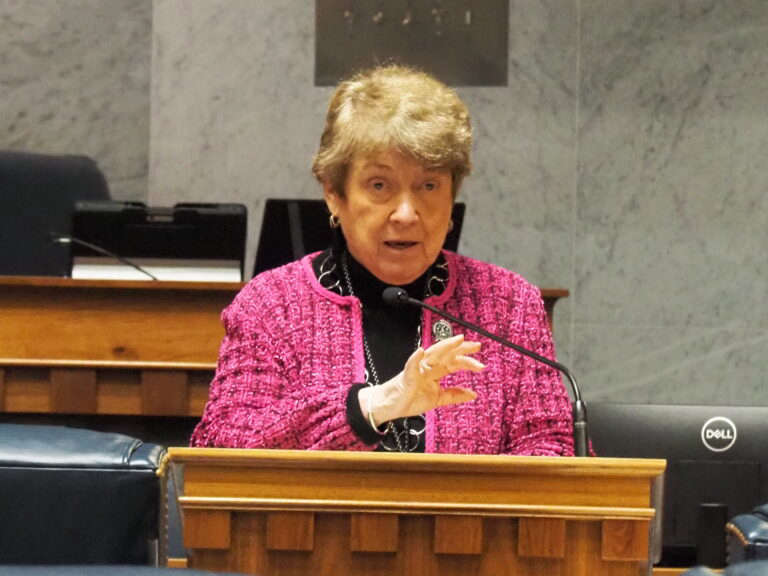 Bill abolishing court positions passes Senate, Pulaski County could lose judge
Bill abolishing court positions passes Senate, Pulaski County could lose judge
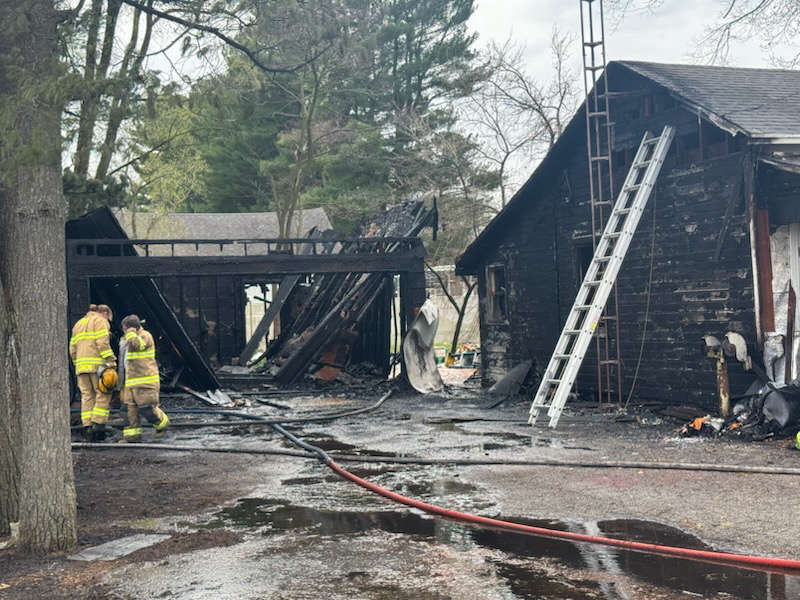 Detached garage fire damages home in Rochester
Detached garage fire damages home in Rochester
 Jonesy's Junction voted best tenderloin in Indiana
Jonesy's Junction voted best tenderloin in Indiana
 City council to consider food truck ordinance
City council to consider food truck ordinance
 ISP: Stay alert and share the road with farm equipment this spring
ISP: Stay alert and share the road with farm equipment this spring
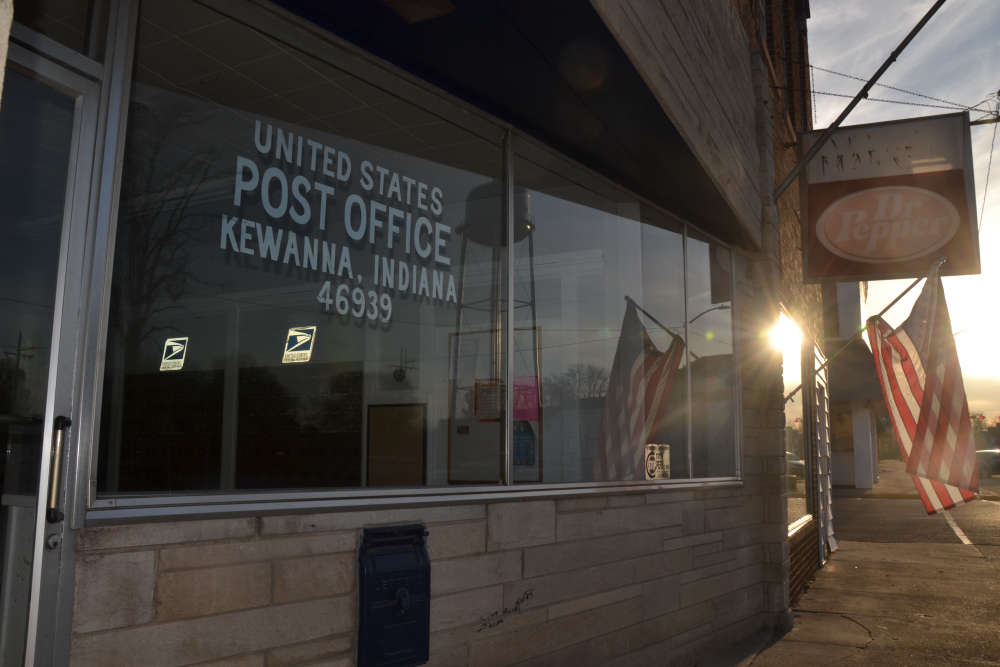 Kewanna residents gather to share frustration over lack of mail delivery
Kewanna residents gather to share frustration over lack of mail delivery
 Restaurants host fundraisers for local suicide prevention task force
Restaurants host fundraisers for local suicide prevention task force
 Bookings and Blotter – April 17, 2025
Bookings and Blotter – April 17, 2025




